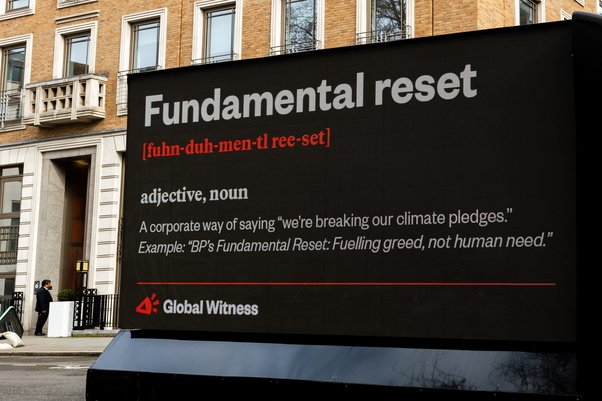Office of National Statistics data released today reveals that the renewable sector booms in the face of restrictions, while the oil and gas sector continues to shed jobs despite massive spending.
Office of National Statistics (ONS) data released today reveals that the UK now has nearly 30% more jobs in the renewable energy industry than it did in 2015.
In the same period, the UK’s oil and gas industry lost nearly 30% of its jobs, despite billions spent by oil and gas companies and a licensing blitz by the Conservative government.
The figures contradict claims that new oil licenses will secure jobs.
An estimated 27,500 people were employed in Britain’s renewable energy sectors in 2022, producing electricity from wind, solar, and hydropower, according to ONS’ new data. This was a jump of 32% compared to 2015, the first year when ONS adopted its current methodology.
The government claims its Offshore Petroleum Licensing Bill – which would issue more oil and gas licenses – would increase jobs. But these figures show that investment and licensing have failed to reduce the rate of job loss in the UK’s declining oil industry.
When questioned on statements the UK government has made about the number of jobs the oil and gas industry supports, the UK’s Secretary of State for Energy Security and Net Zero Graham Stuart admitted repeating numbers produced by oil and gas lobbyists at Offshore Energies UK. OEUK claims some 200,000 people are either employed by the oil and gas industry, or their jobs are viable because of it.
These figures could not be verified. Asked by Global Witness to reveal its methodology for coming up with its number, Offshore Energies UK did not. Instead, it said it used ONS figures and a model that used “a robust and thorough process which maintains the independence and credibility of the statistics.” Other organisations, Offshore Energies UK said, used a “similar approach” when producing jobs estimates.
ONS figures show British jobs producing oil and gas have plummeted 28% over the same period, falling from 38,100 in 2015 to 27,600 in 2022.
That’s despite massive spending by oil companies, which paid over £130 billion building and running North Sea fields between 2015 and 2022, according to Global Witness analysis of Rystad Energy data.
In 2015, oil and gas taxes were cut while support to solar, onshore wind, and energy efficiency projects was slashed. Despite this, oil jobs have plummeted, and renewables jobs have grown significantly.
New onshore windfarms were allowed again in 2023, although no new projects started that year. And even the much advertised windfall tax, levied against excess oil and gas profits during the energy crisis, handed companies an estimated £18 billion tax break.
Jonathan Noronha-Gant, Global Witness, Senior Campaigner, said:
“The UK’s oil and gas sectors are dying in a cycle of ever-shrinking returns. Despite more than £130 billion spent since 2015, the oil industry continues to shed jobs at pace.
“This government has slashed support for onshore wind and solar, and yet these jobs figures make it clear: they are the industries of the future.
“Instead of flogging this very dead horse, the government needs to face up to reality and give its full backing to the renewable energy industries, and ensure the creation of well-paid jobs within that sector, with good conditions for UK workers. This would both improve energy security and reduce emissions’’.
Notes to Editor
1) Renewable energy production jobs data drawn from ONS, Low carbon and renewable energy economy, UK: 2022. Only job categories producing renewable electricity have been counted: onshore and offshore wind, solar, and hydropower. Data estimates full time equivalent positions. Calculations do not include Northern Ireland due to inconsistency with Northern Ireland oil and gas jobs data.
2) Oil and gas production jobs data drawn from ONS, Business Register and Employment Survey (BRES): Table 2. Only job categories producing oil and gas have been counted: extraction of crude petroleum, extraction of natural gas, and support activities for petroleum and natural gas extraction. Data does not include Northern Ireland due to inconsistencies within ONS dataset.
3) Global Witness North Sea oil and gas spending based on capital and operational expenditure estimates produced by Rystad Energy.
*This article was amended on April 22nd following an update from the ONS to reflect FTE figures in ‘’wave and/or tidal and/or geothermal renewable jobs’’


